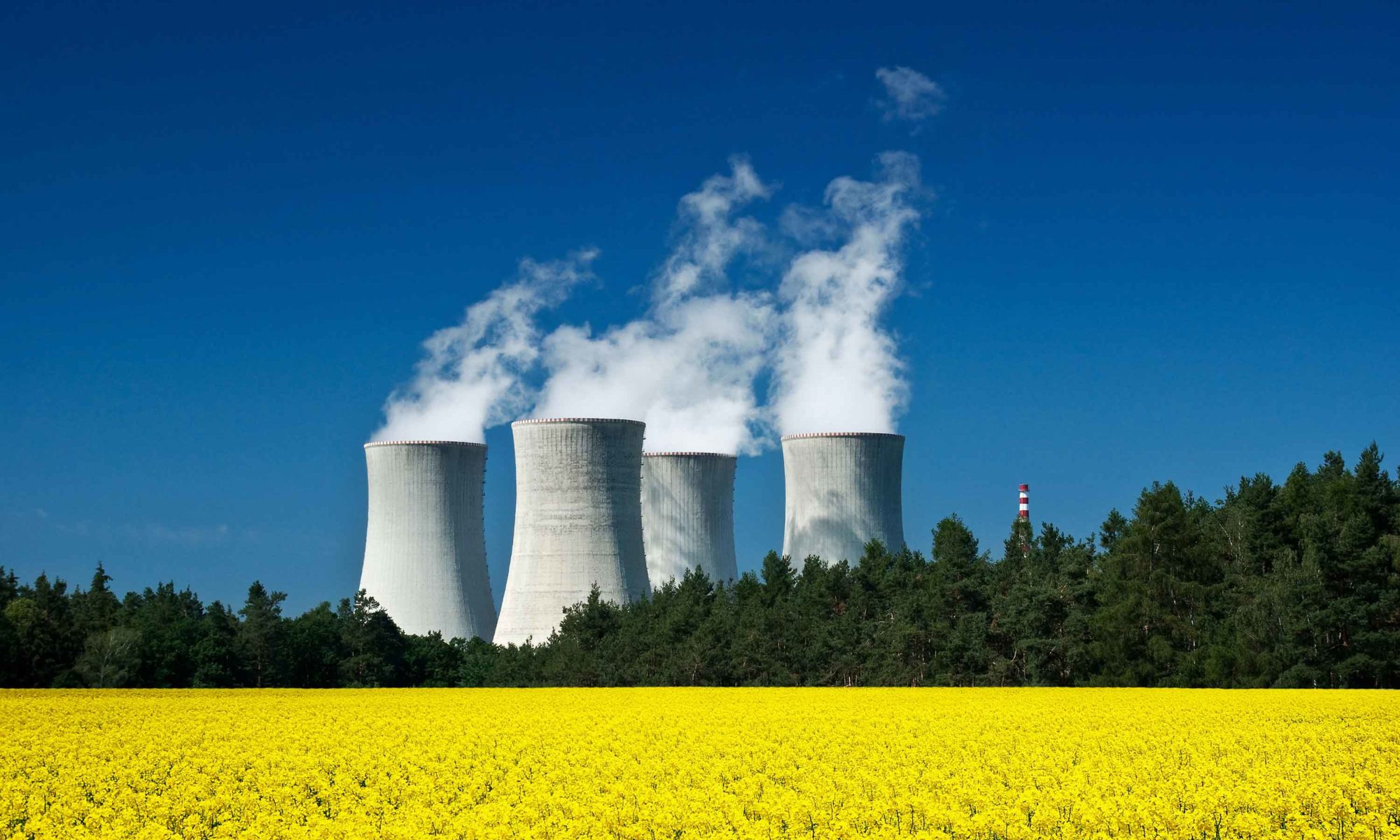The IEA has published a new report on nuclear energy, which is the second-largest low-carbon power source in the world today, accounting for 10% of global electricity generation, just after hydropower at 16%. Nuclear plays an important role in electricity security in several advanced economies, including the United States, Canada, the European Union and Japan.
However, the future of nuclear power is uncertain as ageing plants are beginning to close. Without policy changes, advanced economies could lose 25% of their nuclear capacity by 2025 and as much as two-thirds of it by 2040. This could result in an additional 4 billion tonnes of CO2 emissions.
If other low-carbon sources, namely wind and solar PV, are to fill the shortfall in nuclear, their deployment would have to accelerate to an unprecedented level. In the past 20 years, wind and solar PV capacity has increased by about 580 gigawatts in advanced economies. But over the next 20 years, nearly five times that amount would need to be added. Such a drastic increase in renewable power generation would create serious challenges in integrating the new sources into the broader energy system. Clean energy transitions in advanced economies would also require $1.6 trillion in additional investment over the same period, which would end up hurting consumers through higher electricity bills.



